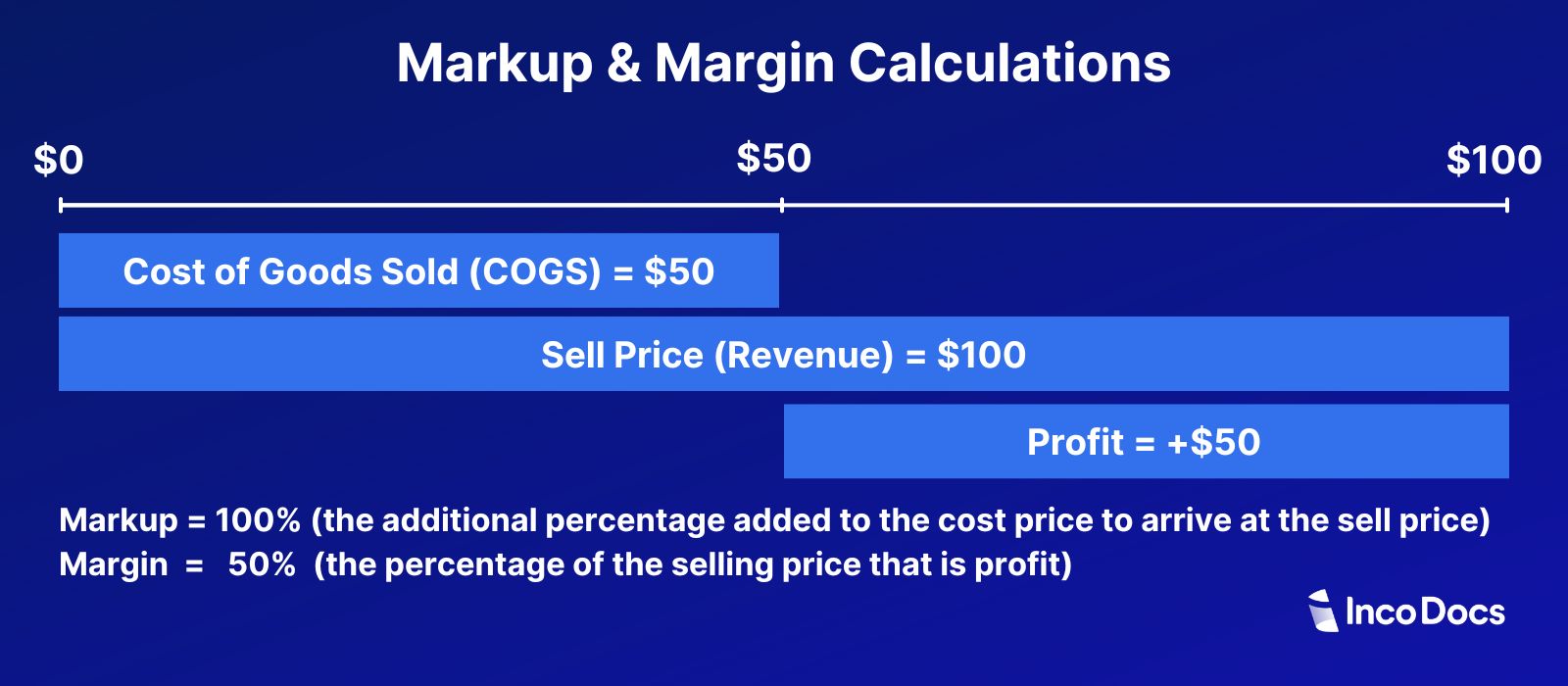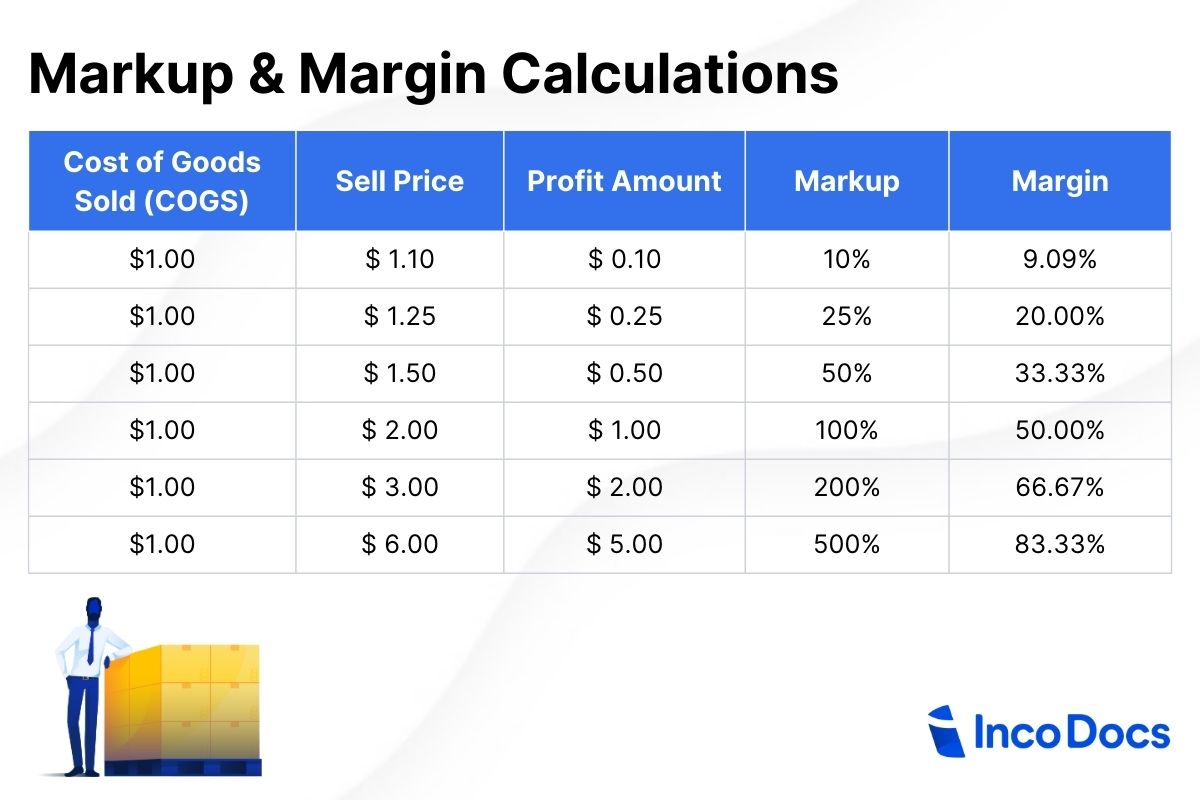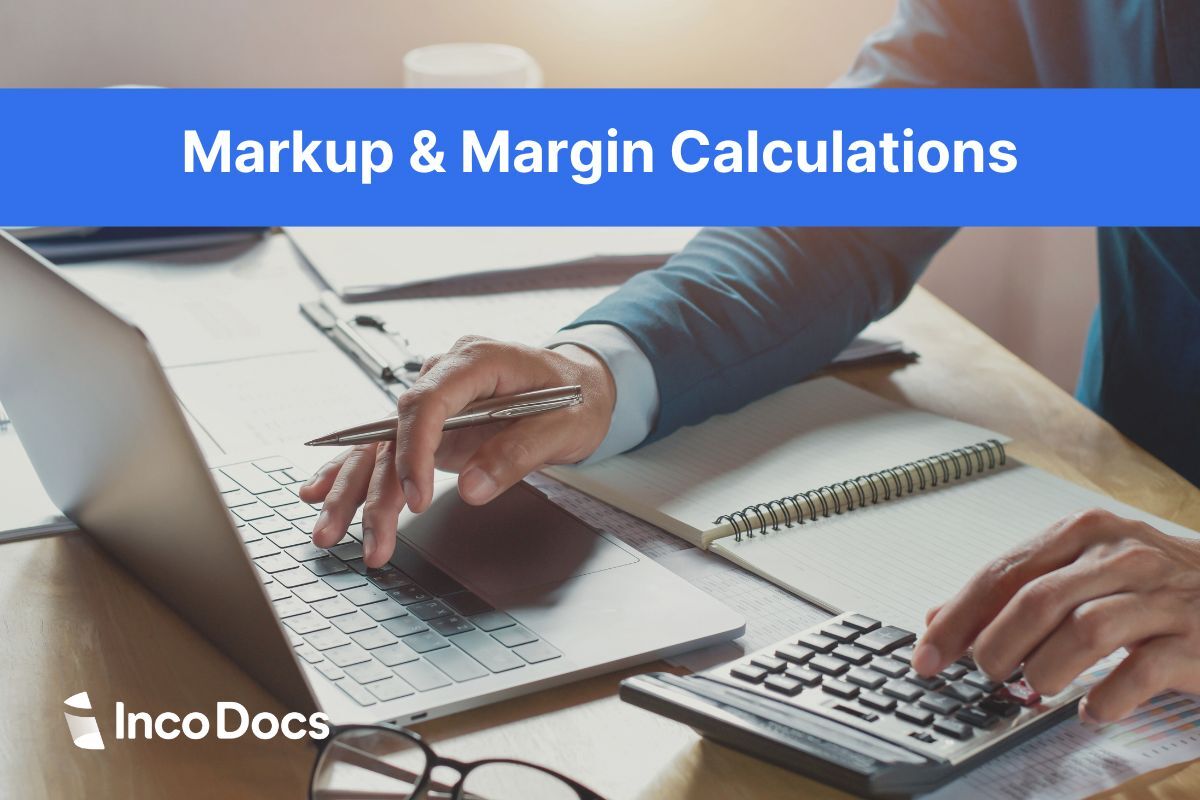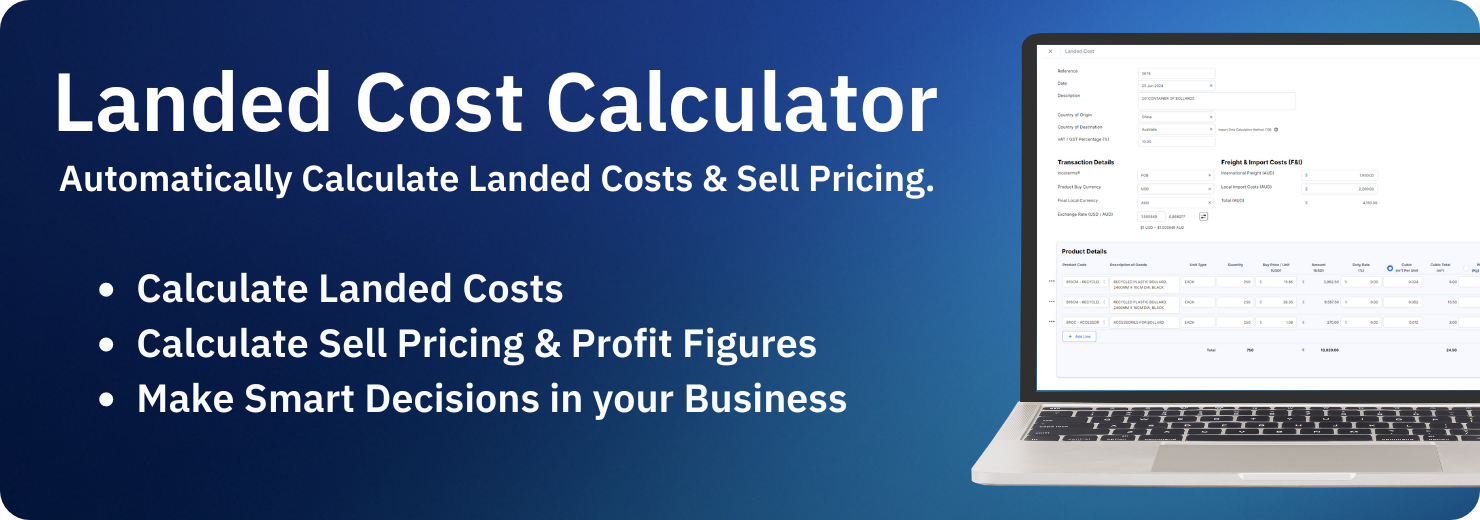When businesses are planning to sell products in the market, a ‘markup’ or ‘profit margin’ percentage is added to the cost of goods sold (COGS), to understand profit amounts and to set the sell pricing for their products.
Markup and Margin can often be confused with one another. It is imperative to understand the differences between applying a Markup or a Margin and communicate the strategy to sales teams. This will ensure that everyone follows the correct procedure, to avoid pricing errors and to ensure long term profitability.
What is a Markup and How Does it Work?
What is Markup: Markup Definition
Markup is the percentage added to the cost price to arrive at the selling price. The markup is how much above the cost of a product that you are selling it for.
How to Calculate Markup? Profit Markup Formula and Calculation
Calculating markup requires knowing the cost of goods sold (COGS) and the sell price to make a profit. Profit markup formula is as below:
- Markup % = ((Sell Price – COGS) / COGS) x 100
This formula allows businesses to determine how much to charge over their costs to reach a desired profit level.
What is a Profit Margin and How Does it Work?
What is Margin: Margin Definition
Profit margin is calculated as a percentage of the selling price that is profit. Margins establish what percentage of the total revenue that can be considered an actual profit.
How to Calculate Profit Margin? Profit Margin Formula and Calculation
Calculating margin requires the cost of goods sold and the sell price. Margin is calculated as a percentage by taking the sell price, minus the cost of goods sold, then dividing by the sell price, and multiplying by 100:
- Margin % = ((Sell Price – COGS) / Sell Price) x 100
This metric helps businesses understand the efficiency of their pricing structure relative to the cost of goods sold.
Profit Margin vs Markup: What are the Key Differences?

Understanding the Difference between Profit Margin and markup
As mentioned above, a markup and a margin are two different things and use different fomulas in their calculations.
- Markup: Refers to the additional percentage added to the cost price to arrive at the selling price.
- Profit Margin: Is the percentage of the selling price that is profit.
Markup and Profit Margin Formulas
- Markup % = ((Sell Price – COGS) / COGS) x 100
- Margin % = ((Sell Price – COGS) / Sell Price) x 100
The profit amount may be the same number, but markup is the amount added to the cost, while margin is the percentage of the selling price that is profit.
As an example, if your cost (COGS) of a bar stool is $50, and you sell that bar stool for $100, you will make $50 profit. However, the markup percentage is 100%, while the margin is 50%.
- Cost of bar stool (COGS): $50
- Sell Price: $100
- Profit: $50
- Markup: 100%
- Profit Margin: 50%
The markup and margin percentages will change at different rates. As your margin increases, the markup on the product cost increases at an even greater rate.
In any case, margins can never be more than 100% (which only happens if you are able to sell a product that has cost you nothing). Whereas markups can be well above 100%. Markups can be 200%, 500% or 10,000%, depending on the cost of goods sold, and the sell price.

Once that you understand the differences between calculating markup and margin, you can communicate your strategy to sales teams to avoid costly pricing errors and to ensure long term profitability.
Applying Markup or Margin to the Landed Cost of Imported Goods
What is Landed Cost?
Before applying a markup or margin amount to sell products, you must first understand the cost of goods sold COGS, which can also be referred to as the ‘landed cost’.
A ‘landed cost’ is the term used when referring to the final cost of products plus all associated shipping and logistics costs required to get the goods delivered through to a final location.
Throughout the global trade process there can be dozens of additional charges, fees and currency conversions that buyers must be aware of in advance so that the landed cost of the products can be calculated.
Read more about the IncoDocs Landed Cost Calculator here.
Choosing between Markup and Margin Strategies
If you are importing products and plan to on-sell them in the market, you must have a clear understanding of your landed costs, operating costs, profit margins and create a solid business plan on how you plan to on-sell your products in your market.
A clear sales and marketing plan should be created in advance, so that you can understand key metrics such as landed costs, profit markup or margins, operating costs, cost of warehousing/storage, financing costs and more. Learn more about marketing and sales channels to grow your import business.
To decide on your markup or margin strategy, consider the following points to make the best decision for your business.
- Understand Landed Costs, or Cost of Goods Sold (COGS): First step is to have an accurate understanding of the landed cost of your imported products. Importing products involves dozens of shipping costs and fees to deliver goods through to the final location. Learn how to use a landed cost calculator for imported products.
- Understand Your Market: Conduct thorought market research to understand the competitor landscape, consumer preferences, regulatory environment and industry trends.
- Sales & Marketing Plan: Draft a detailed sales and marketing plan in advance to give your business the best chance to succeed. Research the various online and offline sales and marketing channels, to decide on the most suitable approach to sell your products.
- Align Your Short and Long Term Goals: Set your short and long term business goals and ensure that your pricing strategy is aligned. Your pricing strategy may evolve over time as the business grows, the competition changes, or as the market evolves.
As the business and market evolves, it’s essential to monitor and adjust pricing strategies as neccessary to maintain a heatlhy business.
Frequently Asked Questions about Markup and Profit Margin
Difference Between Gross Profit Margin and Net Profit Margin
A Gross Profit Margin only accounts for the cost of goods sold. Whereas a Net Profit Margin takes all operating expenses, taxes, and interest into account, offering a more complete picture of company profitability.
What is the difference between 30% markup and 30% margin?
A 30% markup adds 30% of the cost price to itself, whereas a 30% margin means the profit made is 30% of the final selling price of a product.
Take an example of a bar stool that costs $50. Adding a 30% markup gives a sell price of $65. Alternatively, adding a 30% margin gives a sell price of $71.43. Refer the different markup and margin formulas mentioned in the article above.
What is a Markdown?
A Markdown is a reduction of the sell price of a particular product. In retail, it is often called a ‘discount’. Markdowns can be used to clear out excess inventory, boost short term sales or drive customer traffic into physical storefronts.
The following formula can be used to calculate a markdown:
Markdown % = ((Original Sell Price – New Sale Price) / New Sale Price) x 100
What is the difference between Gross Profit Margin and Gross Margin?
Gross Profit Margin is expressed as a percentage that shows how much of the revenue exceeds the cost of goods sold (COGS), indicating efficiency. Gross Margin, on the other hand, is the total dollar amount remaining after subtracting COGS from revenue, representing the absolute profit before other expenses.








